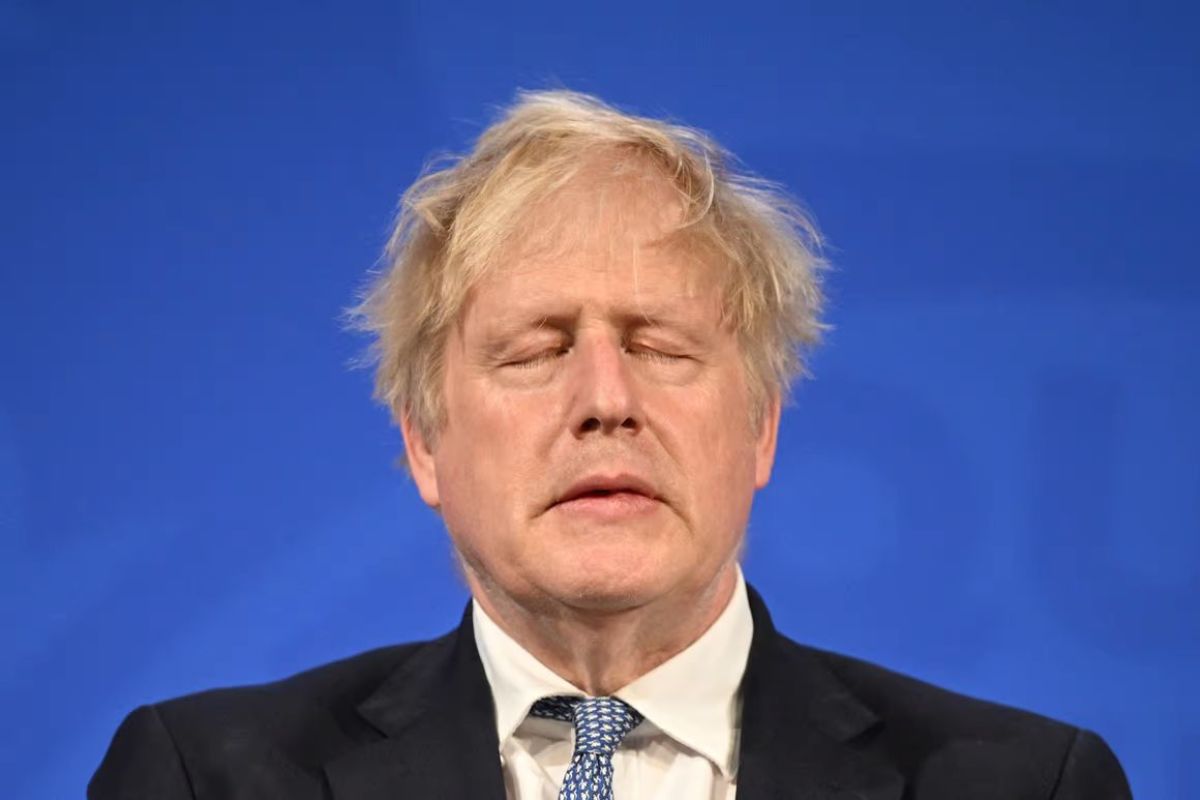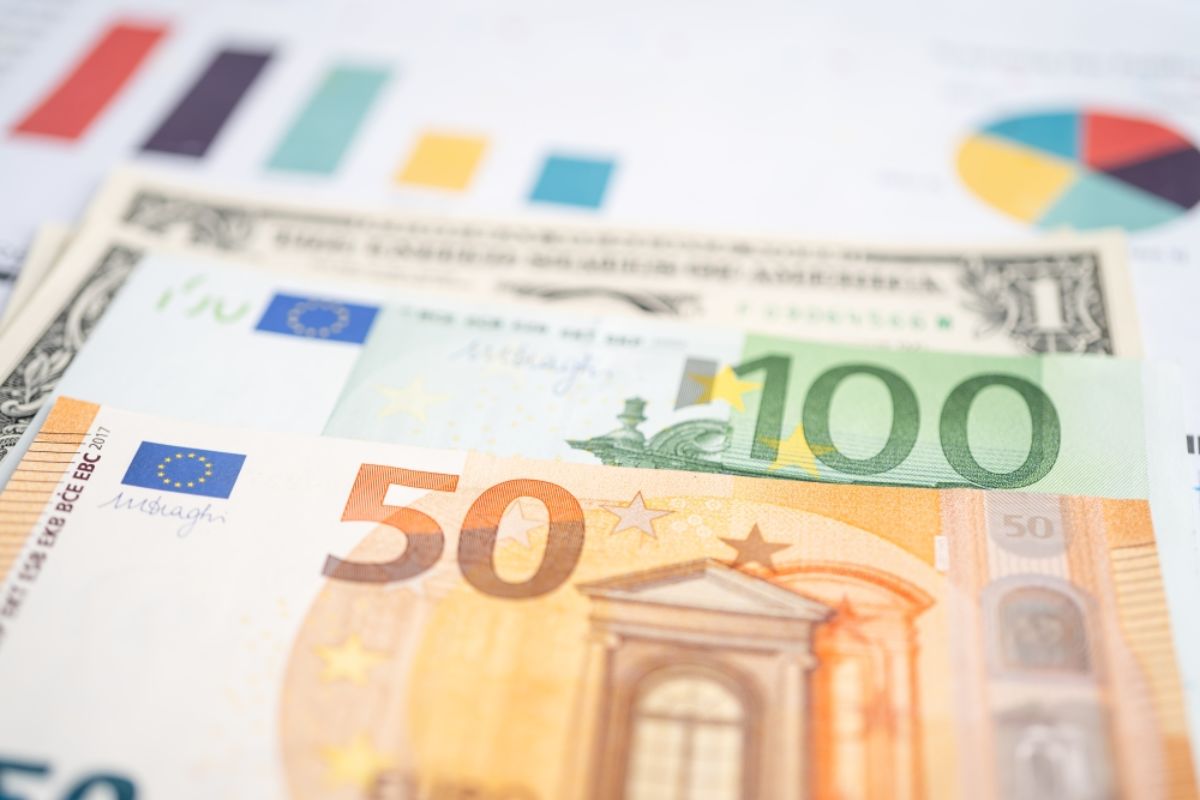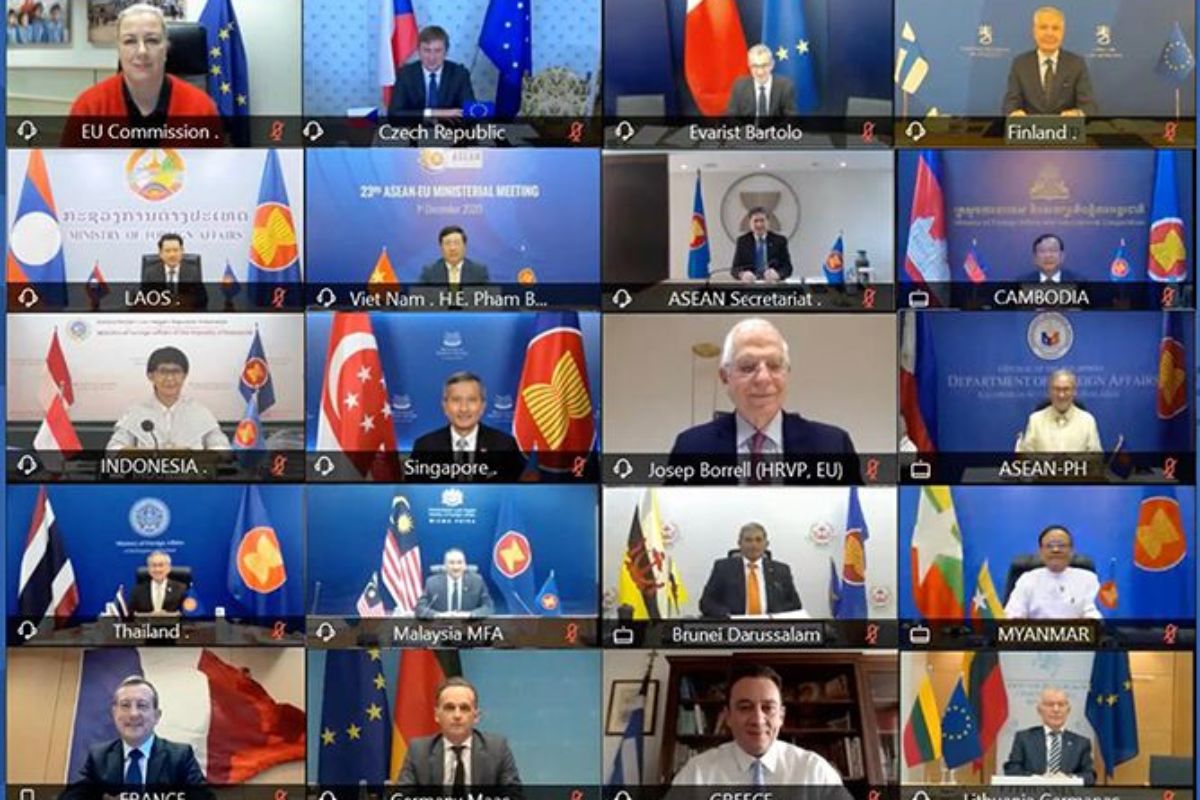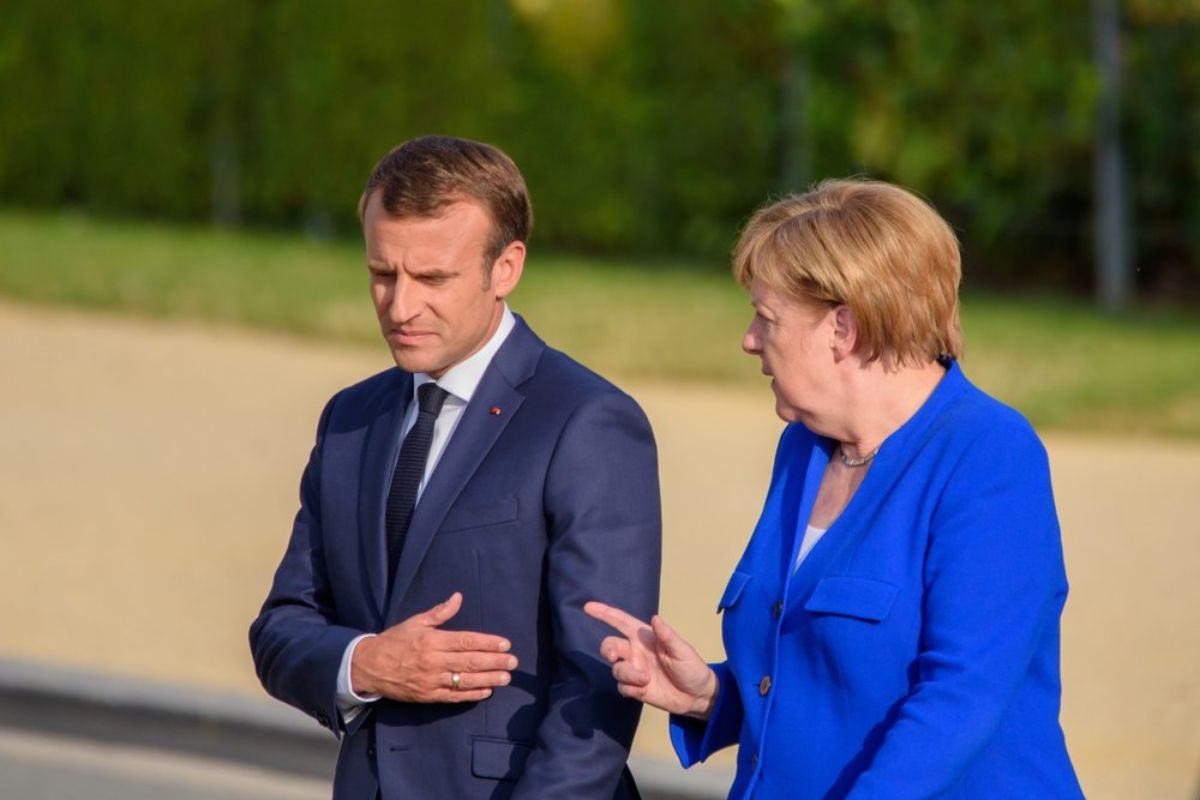The World Trade Organisation (WTO) did not die on December 11, 2019, but an important part is now missing: disputes among WTO member states can no longer be settled by an independent instance recognised by all parties. This was the function of the so-called Appellate Body, which no longer works, having only one sitting judge left.
However, the demise of one important element of the WTO does not mean the end of any multilateral trade rules. All the remaining WTO rules continue to remain in force.
Moreover, except for the US under Trump, no other major trading power calls into question the benefits of free trade. Existing WTO principles, covering, for example, the most-favoured-nations rule, trade services, etc., are thus not contested. What has changed is ‘only’ that their application is even more imperfectly enforced than before.
The attention focused on the demise of the Appellate Body risks obscuring two fundamental political economy forces driving the global trading system.
The first fundamental force is a result of decades of foreign direct investment and the emergence of global value chains. Multinational firms producing in and sourcing from many countries are not lobbying for protection at home, because their home is the world. This was different a quarter of a century ago, when the WTO was created on the basis of an even earlier agreement (the General Agreement on Trade and Tariffs – GATT). The combination of interconnected firms and integrated value chains has sharply reduced domestic economic pressures for protection.
There is thus little appetite anywhere (except in the White House) for a return to high tariffs, quotas, and other forms of managed trade so prevalent before the creation of the WTO in 1995.
However, this does not mean that governments, especially those of larger countries, are willing to subject themselves to the judgment of an independent global body on what they are allowed to do when they perceive a problem in specific sectors.
This general reluctance of governments can be overcome in specific circumstances. For example, after World War II, the US had such a dominant position that it could, and did, perform the role of a “benevolent hegemon”. It had the power to write the rules, and it could count on receiving the largest share of benefits by subjecting itself to them.
A very asymmetric world, with one hegemon, could thus give birth to a multilateral system. Another constellation, which would support an open, rules-based system is one in which there are only small countries, none of which could hope to gain by relying on their economic power. In such a constellation, it might be difficult to create a multilateral system, but if one existed, it would enjoy wide support.
The more difficult case arises when there is a small number of large economies of similar size, larger than the many small ones, but not large enough to dominate the system. Paul Krugman already assessed the policy stance likely to be followed by a world dominated by a few large trading blocs that do not coordinate among themselves. He found that a world consisting of three trading blocs behaving uncooperatively constitutes the worst constellation, leading to increasing trade barriers.
Unfortunately, this is exactly the point at which the global economy finds itself today. There are three dominant economies or trading blocs, the EU, the US, and China. Each of them has a very similar trading volume (exports plus imports) of around $4,000 billion (Japan, which used to be a strong contender 25 years ago, is now much smaller). Together, these ‘G-3’ account for 40% of global trade and 45% of global GDP. Economic power is, by chance, distributed in such a way, that, without explicit cooperation among the major powers, support for multilateral rules is weakest.
The ‘tripedal’ structure of the global trading system thus constitutes an often overlooked yet fundamental force that weakens the WTO. In the 1990s, the three major trading powers were the US, the European Community (as it was called then), and Japan. However, all three had a similar political outlook (and had faced a common external threat: the Soviet Union). This is why it was possible to reach an agreement on the WTO and its dispute settlement mechanism.
Today, the world is very different. The US and Europe no longer share the same outlook on trade policy and China is overtaking them both while maintaining its economic system with heavy, but often opaque, state involvement. This makes it next to impossible for the current G-3 to agree on a common line.
More recently another non-economic factor has come into play, namely the geopolitical rivalry between the US and China. A consensus has evolved in the US that China has become a powerful ‘adversary’ and that access to the US market should be restricted in order to induce China to change its economic system. This means that even apart from its stance on the Appellate Body, bilateral US-China trade is likely to face disruptions for some time to come. Some temporary and partial agreement might be achieved in 2020, but this cannot change the fundamental problem of China for the US as an emerging rival in many fields: economy, technology, military, etc.
US-China trade relations will thus remain subject to political disruptions for some time to come. WTO rules will de facto not apply to this bilateral relationship. It still remains to be seen whether the EU will join this global struggle for political power. The new Commission has declared itself a ‘geopolitical Commission’, but using trade policy for political ends has its cost. As the EU depends so much on exports, and given that it has a strong preference for multilateral rules, it is unlikely that in the end it will follow the US lead and ostracise China in trade terms. On the contrary, there are some indications that the EU and China might agree on a substitute dispute settlement mechanism.
The outlook for the global trading system is thus mixed: the US will disregard all rules in its relation with China, but there is little danger of a generalised return to protectionism. A return to the old system with its independent and binding arbitration of disputes also looks unlikely. The WTO will survive 2020, but it will not prosper.
A version of this article was published by ISPI – Italian Institute for International Political Studies in English and Italian.





































